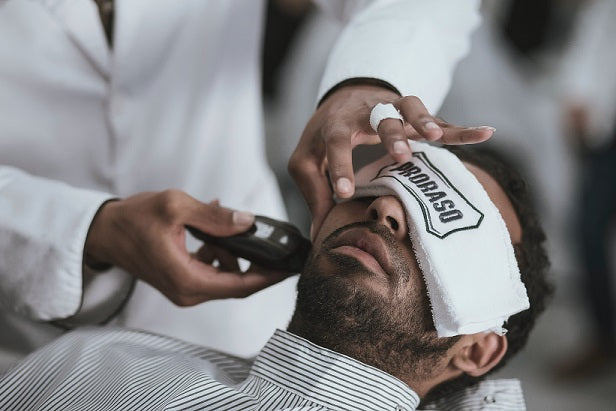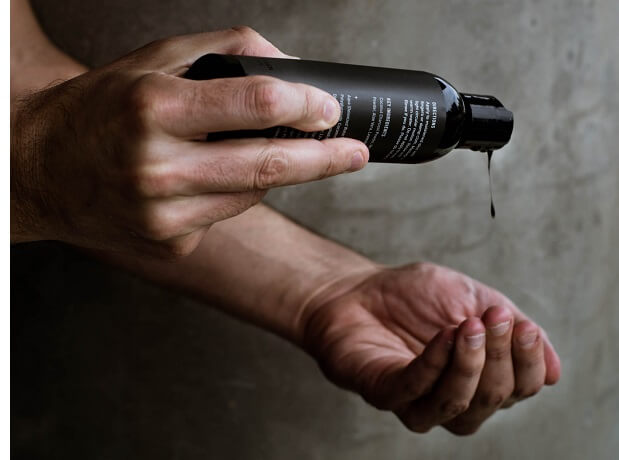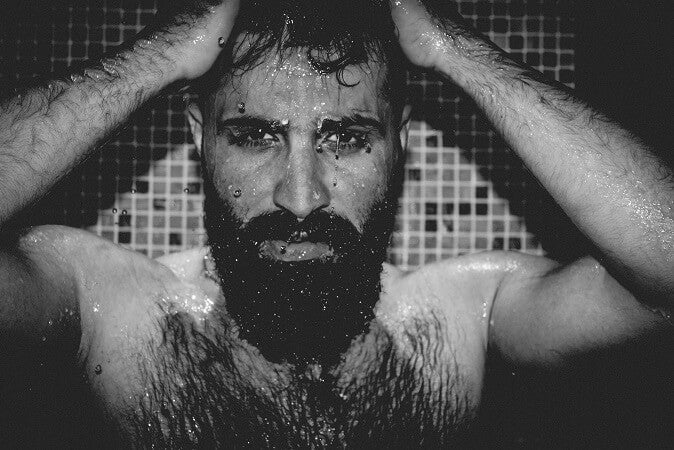The Healing Elixir: Can Shampoo Truly Repair Damaged Hair?
As we stand in the bustling aisles of the beauty department, faced with an array of shampoo bottles promising miraculous transformations, a question echoes in our minds: Can shampoo really repair damaged hair? Today, we embark on a journey into the world of hair care, exploring the science, myths, and truths behind the healing claims of our favorite hair elixir.

The Anatomy of Damaged Hair
Before delving into the healing potential of shampoo, let's understand the structure of damaged hair. Hair, a complex keratinous structure, is susceptible to damage from various factors, including heat, chemicals, and environmental stressors. Damaged hair often exhibits signs such as split ends, breakage, and a lackluster appearance.
The Science Behind Shampoo Formulations
1. Cleansing Agents: Shampoos contain cleansing agents that remove dirt, oils, and product buildup from the hair and scalp. Clean hair is the canvas for effective repair.
2. Conditioning Agents: Modern shampoos are fortified with conditioning agents that aim to improve the texture and manageability of the hair. These agents can contribute to the repair process by smoothing the hair cuticle and reducing friction.
3. Protein and Vitamin Enrichment: Many shampoos boast formulations enriched with proteins and vitamins. These ingredients aim to nourish and fortify the hair, addressing specific concerns related to damage and weakness.
The Repair Claims
1. Sealing Cuticle Gaps: Damaged hair often features lifted cuticles. Some shampoos claim to repair by smoothing and sealing these cuticle gaps, resulting in a sleeker and healthier appearance.
2. Hydration and Moisture: Adequate moisture is crucial for hair health. Shampoos with hydrating ingredients aim to restore moisture balance, combating dryness and brittleness associated with damage.

Debunking Myths
While shampoo can contribute to the repair process, it's essential to debunk common myths:
1. Instant Transformation
Repairing damaged hair is a gradual process. Despite claims, no shampoo can miraculously transform your hair overnight. Consistent use is key.
2. Permanent Restoration
Shampoos can improve the appearance and feel of damaged hair, but true restoration often requires more intensive treatments and lifestyle changes.
The Ritual of Repair
1. Consistent Use: Incorporating a reparative shampoo into your routine can contribute to ongoing hair health. Consistency is vital for sustained results.
2. Complementary Treatments: Consider supplementing your routine with occasional deep conditioning, hair masks, and professional treatments for comprehensive care.
Conclusion: Nurturing Your Tresses
As we navigate the labyrinth of hair care options, it's clear that shampoo plays a pivotal role in the journey to repair damaged hair. While it may not perform miracles, a well-formulated reparative shampoo can be a valuable ally in nurturing your tresses back to health.
So, can shampoo truly repair damaged hair? The answer lies in understanding its role, managing expectations, and embracing a holistic approach to hair care. Here's to healthy, vibrant locks!




